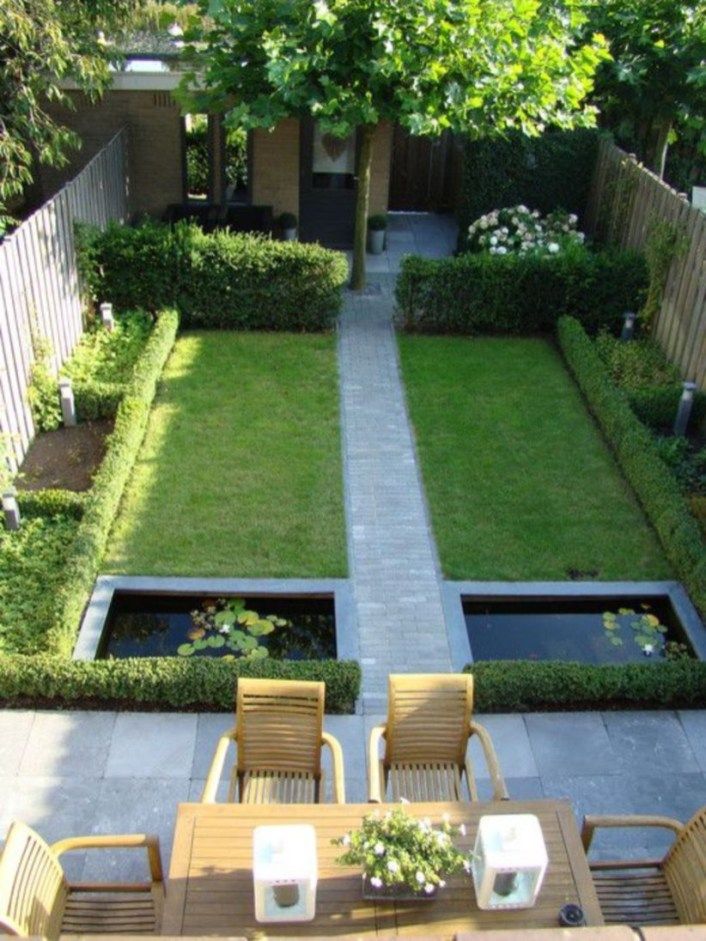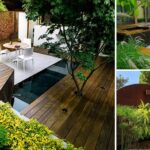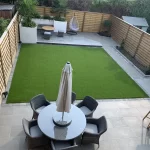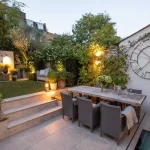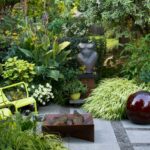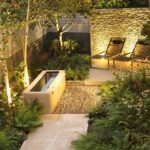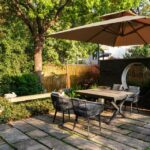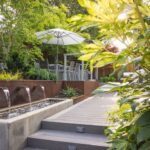Garden design can be a challenging task, especially when working with limited space. However, with some careful planning and creativity, even a small garden can be transformed into a beautiful and functional outdoor oasis. One of the key factors to consider when designing a small garden is maximizing space. This can be achieved by utilizing vertical space, such as hanging plants or trellises, as well as clever storage solutions like built-in benches with hidden storage underneath.
Another important aspect of small garden design is selecting the right plants. Choosing plants that are well-suited to the size and conditions of the garden is crucial for creating a successful and low-maintenance outdoor space. Opt for plants that are compact in size, such as dwarf varieties of shrubs and trees, and ones that thrive in the specific light and soil conditions of your garden.
In addition to selecting the right plants, incorporating different textures and colors can help create visual interest in a small garden. Mixing plants with varying leaf shapes and sizes, as well as flowers in complementary hues, can add depth and dimension to the space. Consider using pots and containers in different shapes, sizes, and materials to add variety and create a layered effect.
When it comes to layout, careful placement of elements can make a big difference in the functionality and aesthetics of a small garden. Create defined spaces for dining, lounging, and gardening by using pathways, hedges, or trellises to separate areas. Incorporating focal points like a small water feature, sculpture, or seating area can help draw the eye and create a sense of balance and harmony in the garden.
Lighting is another important aspect of small garden design, as it can extend the usability of the space well into the evening hours. Consider incorporating outdoor lighting fixtures like string lights, lanterns, or solar-powered pathway lights to create a warm and inviting ambiance. Adding a fire pit or outdoor fireplace can also help to create a cozy and welcoming atmosphere for evening entertaining or relaxation.
Finally, don’t forget to consider the practical aspects of garden design, such as irrigation, drainage, and maintenance. Installing a drip irrigation system can help ensure that plants receive the right amount of water without wasting resources, while proper drainage is essential for preventing waterlogging and root rot. Regular maintenance tasks like weeding, pruning, and fertilizing are also key to keeping a small garden looking its best year-round. With a thoughtful approach to design and careful attention to detail, even the smallest of gardens can be transformed into a stunning and enjoyable outdoor retreat.
